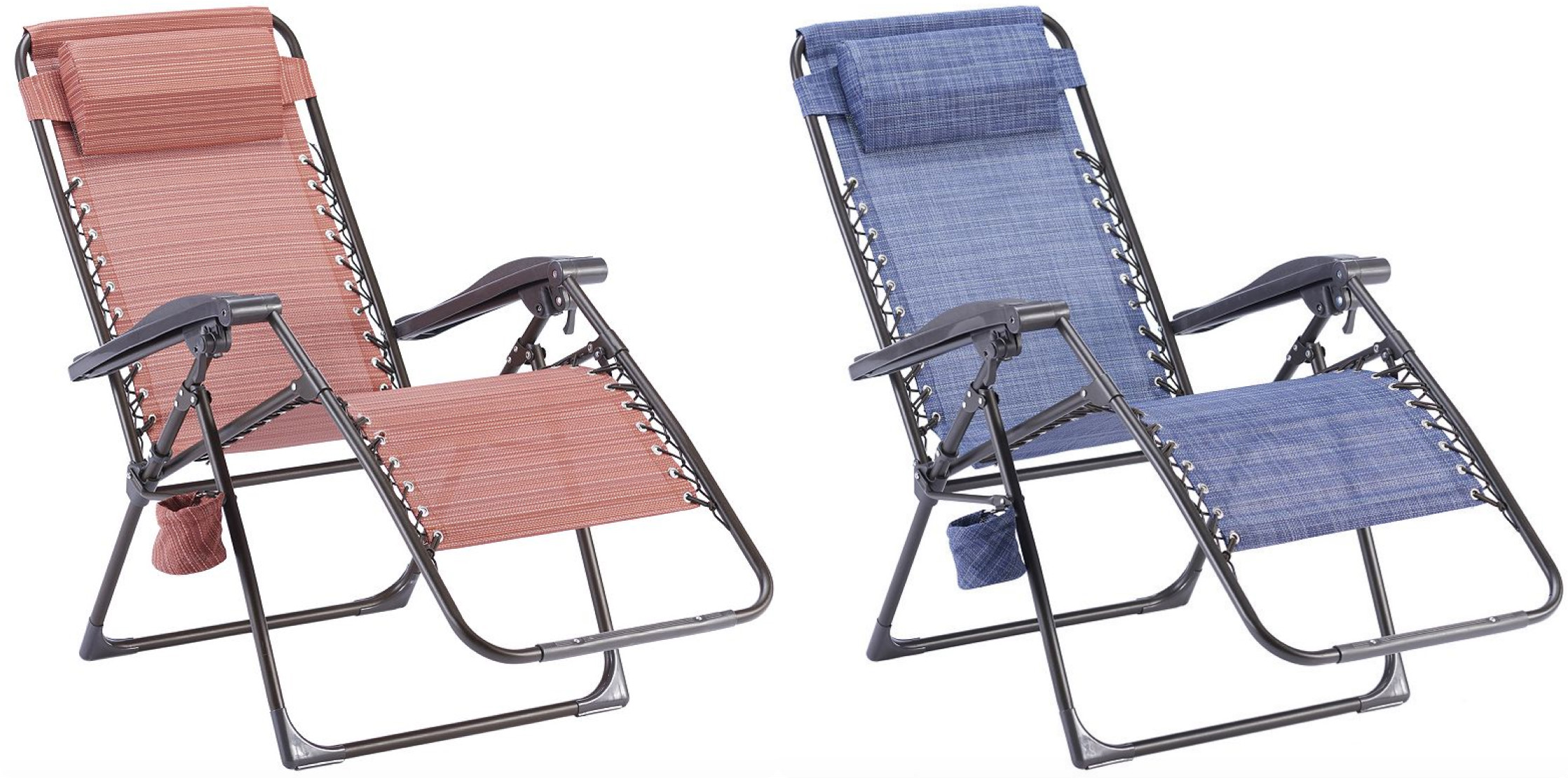Assembly, Durability, and Maintenance of the Sonoma Goods for Life Anti-Gravity Chair: Sonoma Goods For Life Anti Gravity Chair Reviews

The Sonoma Goods for Life Anti-Gravity Chair, while offering a comfortable lounging experience, requires careful attention to assembly, usage, and maintenance to ensure its longevity. Understanding these aspects is crucial for maximizing the chair’s lifespan and continued enjoyment. This section details the assembly process, discusses the chair’s durability under typical use, and provides essential maintenance tips.
Chair Assembly
Assembly of the Sonoma Goods for Life Anti-Gravity Chair is generally straightforward. The process typically involves connecting the base, the reclining mechanism, and the padded chair portion. Imagine the base as a sturdy, circular metal frame. The detailed instructions included with the chair usually involve attaching the reclining mechanism—a complex system of hinges and levers—to this base. This step may require some patience and careful alignment of components to ensure smooth operation. Next, the padded fabric portion of the chair is attached to the reclining mechanism. This typically involves connecting straps or clips, securing the fabric to the metal frame. A visual representation would show a step-by-step process: Step 1: Base placement; Step 2: Reclining mechanism attachment; Step 3: Padded fabric connection. Each step would be illustrated with a detailed description of the parts involved and their connections, showing clear images in the mind’s eye.
Chair Durability and Wear Resistance
The Sonoma Goods for Life Anti-Gravity Chair’s durability is largely dependent on the materials used in its construction and the frequency of use. The metal frame is generally robust and resistant to bending or breaking under normal use. However, prolonged exposure to harsh weather conditions, such as prolonged periods of direct sunlight or heavy rain, may cause the metal to corrode or weaken over time. The fabric covering is usually a durable material, designed to withstand regular use and cleaning. However, excessive friction or sharp objects can cause tears or abrasions. Consider a scenario where the chair is left outdoors in a rainy climate for an extended period. The metal frame might rust, and the fabric could mildew, significantly impacting its longevity. Regular indoor use, on the other hand, typically results in much longer lifespan.
Chair Cleaning and Maintenance, Sonoma goods for life anti gravity chair reviews
Regular cleaning and maintenance are essential for prolonging the lifespan of the Sonoma Goods for Life Anti-Gravity Chair. Spot cleaning with a mild detergent and damp cloth is generally sufficient for removing most stains. For more significant stains, consult the chair’s care instructions. Avoid using harsh chemicals or abrasive cleaners, as these can damage the fabric. Regularly inspect the chair for any loose parts or signs of wear and tear. Tighten any loose screws or bolts as needed. Storing the chair indoors when not in use, especially in climates with harsh weather, can significantly extend its lifespan. Regularly wiping down the metal frame with a damp cloth helps prevent rust and corrosion.
Potential Construction Issues and Improvements
While generally well-constructed, some users have reported issues with the reclining mechanism becoming stiff or difficult to operate over time. Improved lubrication mechanisms within the reclining system could potentially address this issue. Additionally, some users have noted that the fabric can be susceptible to fading in direct sunlight. The use of UV-resistant fabrics could mitigate this. Another potential improvement would be to provide more robust protection for the metal components from the elements, perhaps through a powder-coated finish or other protective coating.
Frequently Asked Questions Regarding Durability and Maintenance
- How often should I clean my Sonoma Goods for Life Anti-Gravity Chair? Regular spot cleaning as needed is recommended, with more thorough cleaning every few months.
- What type of cleaner should I use? Use a mild detergent and water solution. Avoid harsh chemicals or abrasive cleaners.
- What should I do if the reclining mechanism becomes stiff? Try lubricating the moving parts with a silicone-based lubricant. If the problem persists, consult the manufacturer.
- How can I prevent the fabric from fading? Avoid prolonged exposure to direct sunlight. Store the chair indoors when not in use.
- What should I do if I notice any rust or corrosion? Clean the affected area immediately with a wire brush and apply a rust inhibitor.
